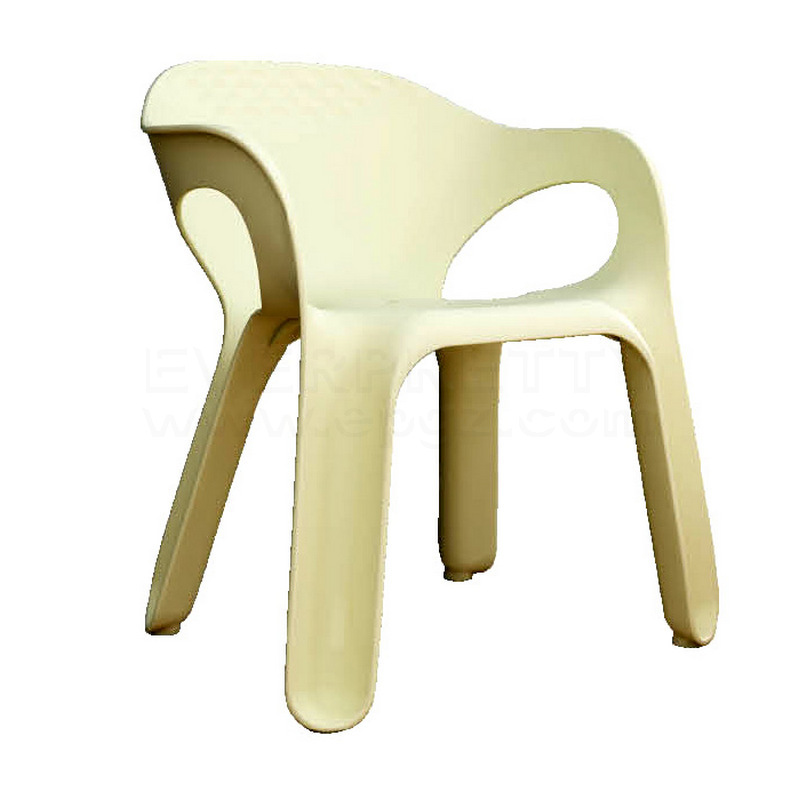In the context of early childhood education, imagine the vibrant chaos of a kindergarten classroom—colorful decorations, joyful laughter, and children engaged in various activities. Yet, a troubling query arises: Why do failures always occur during crucial aspects of early education? Inadequate fittings can hinder effective learning environments, with kindergarten furniture playing a pivotal role. Choosing appropriate kindergarten furniture remains an essential factor affecting both functionality and aesthetic, impacting children’s concentration and creativity significantly.

Understanding Traditional Furniture Solutions
Traditional kindergarten furniture often falls short in several critical areas, leading to suboptimal learning experiences. Conventional offerings are frequently limited to standard sizes and designs, disregarding individual children’s needs. Moreover, these solutions often lack versatility, making classroom arrangements cumbersome and undermining collaborative learning efforts. Notably, the static nature of traditional desks and chairs prevents dynamic interactions among students, ultimately detracting from their learning engagement.
Innovative Approaches to Furniture Design
Fortunately, advancements in educational furniture technology have introduced solutions that embrace biocompatibility, modularity, and multipurpose functionality. The core principles of modern design emphasize ergonomic shapes, adjustable heights, and materials that promote a safe learning environment. These innovations create not only a visually appealing space but also a more flexible and adaptive classroom, essential for catering to diverse learning styles and needs. Look, it’s simpler than you think; incorporating these new methodologies allows educators to engage children actively, fostering creativity through collaborative play.
User-Centric Benefits of Modern Kindergarten Furniture
When examining the impact of innovative kindergarten furniture, one must consider the quantified benefits observed in classrooms implementing such solutions. Instances of improved collaboration, increased student satisfaction, and elevated academic performance have been recorded. By investing in thoughtfully designed kindergarten classroom furniture, schools are not only enhancing the physical classroom environment but also positively affecting children’s social skills and cognitive development. Data indicate that classrooms utilizing adaptable furniture report a 30% improvement in student engagement levels over traditional settings.
Conclusion: Selecting the Right Kindergarten Furniture
As one evaluates potential solutions for kindergarten furniture, always verify these 3 metrics when choosing solutions: ① Biocompatibility—ensuring materials are safe for children ② Flexibility—customizable options suitable for various activities ③ Aesthetics—contributing positively to the learning atmosphere. These criteria are vital to creating an enriching environment that aligns with modern educational philosophies.
The Relevance of Quality in Kindergarten Classroom Furniture
Delving deeper into the domain of educational settings, it becomes apparent that investing in quality kindergarten classroom furniture is paramount for fostering an optimal learning atmosphere. High-quality furniture not only meets safety standards but also accommodates the evolving needs of children as they grow. Furthermore, when furniture is built with durable materials, the longevity and cost-effectiveness of such products become apparent, ensuring schools can allocate funds towards enhancing educational resources rather than frequent replacements.

The Significance of Ergonomic Design in Educational Furniture
Furthermore, the significance of ergonomic design in kindergarten classroom furniture cannot be understated. Thoughtfully designed pieces promote proper posture and reduce physical strain, allowing children to focus more on their learning rather than discomfort. Studies show that ergonomic considerations can lead to a substantial increase in concentration levels, making it easier for children to absorb information. Thus, selecting furniture that embodies these principles reinforces educational goals, creating a more conducive environment for cognitive development and social interaction among peers.
Summation and Brand Recommendation
In summary, the evolution of kindergarten furniture reflects a significant shift towards innovative and user-centric designs that cater to the needs of young learners. The benefits of integrating advanced solutions into educational settings are numerous, contributing positively to student engagement and overall learning outcomes. When searching for a reliable manufacturer of high-quality kindergarten furniture, consider EVERPRETTY Furniture, a brand known for its competitive supply advantages and commitment to fostering enriching learning environments.